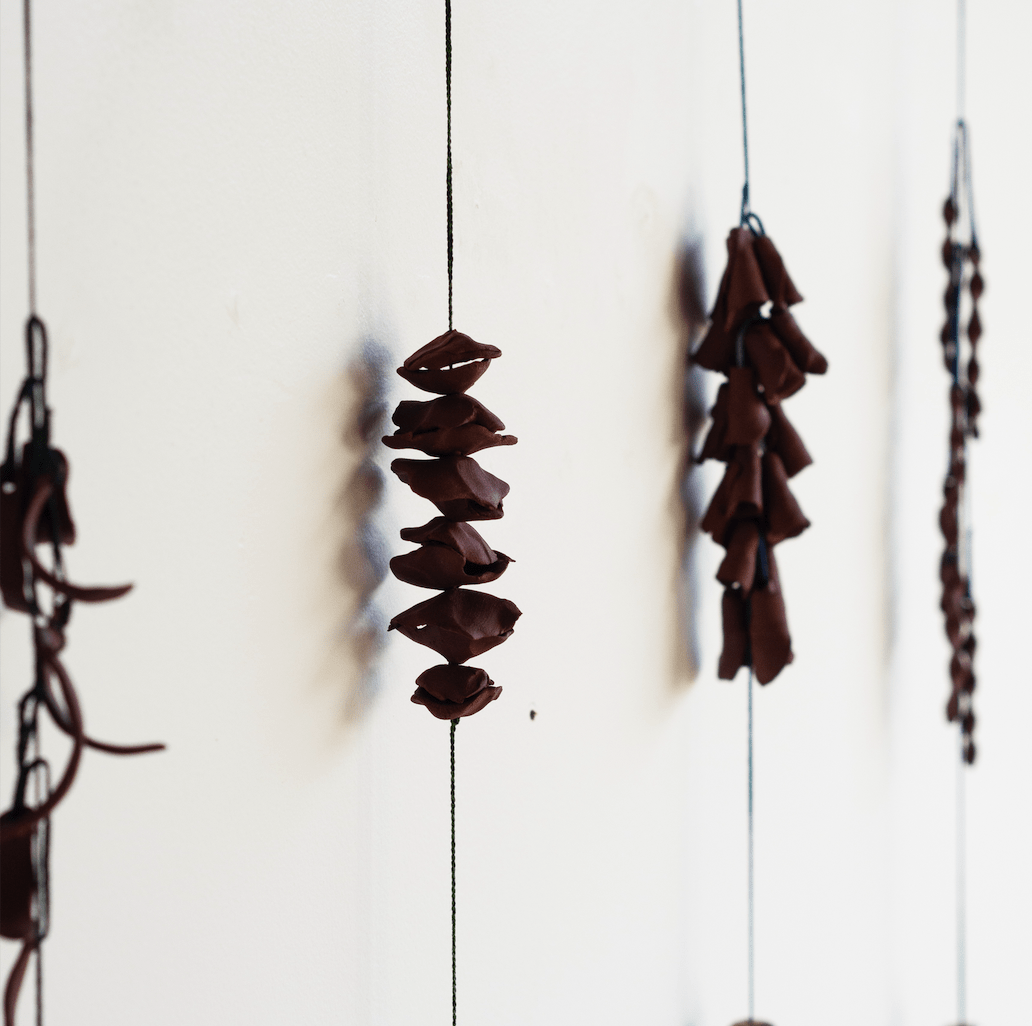Suzanne Archer: A valedictory end to things
For six decades Suzanne Archer has expertly balanced beauty with beguiling darkness, earning enviable critical acclaim along the way. These days, in what might be her late style, the artist takes pleasure in the assuredness of her own mastery.
Words: Rex Butler
Photography: Jacquie Manning
At last, at long last, Suzanne Archer seems to be entering something of a “late style”. The paintings for her upcoming show at Nanda Hobbs, Winds of Change and Sands of Time, appear somehow more sedate, more settled, more structured than the ones I am used to. And their titles indicate something of a final coming to terms with the world, a loving looking back and not so much a moving forward. After all, Archer is now 79 years old, and has been painting seriously for over 60 of them. She is in virtually every significant public collection in the country. She’s won her fair share of awards and prizes. Of late, she’s received the critical acclaim and recognition she’s long deserved. She’s allowed to enjoy whatever time she has left and the satisfaction of an artistic job well done.
Take Reflection (2023) – and, of course, the title is not insignificant. It shows a thin white trail in the sand winding around seashells, seaweed and a reflection of the moon in water. Or take Shadows, Wind, Flies and Rock Formations(2023) – and, again, the title is telling us something. Here a huge fossilised cliff fills the left of the painting, with more seaweed, a faraway ocean and a stormy purple sky. Or, finally, The Gifts (2023) – and I am sure the title here is something of a recognition of a life well lived. It features a fish tail, a sea urchin and a dehydrated pig’s head from her studio, bound together with a bow of snake’s skin. In all of them, there are mementos mori or emblems of our mortality: the shadows, the sea cliff, the fish tail and pig’s head. There are the subdued, autumnal colours: Indian red, naples yellow ochre and burnt sienna. There is a unity and orderliness to the brushwork: the checkerboard running beneath The Gifts, the flowing striations of the cliff in Shadows, Wind, Flies and Rock Formations.
I first became familiar with Archer’s work – to my immense shame – when I saw an unofficial mini-retrospective entitled Moving Forwards, Looking Back at Nicholas Thompson’s Gallery in Melbourne in 2016. What instantly attracted me to the work was the delicate balance it maintained between coherence and incoherence. Archer forced different kinds of mark-making together, employed contrasting colours, overlaid various motifs until they became almost abstract and teetered on the edge of illegibility. The artist one was tempted to compare her to – they are of the same generation, they both featured in Mervyn Horton’s Present Day Art in Australia (1969) and he actually opened the show – was Melbourne icon Gareth Sansom. Sansom has had retrospectives to burn, but if a gallery wanted to put on a male female pairing of recent Australian painting – a more up-to-date version of the Balson Crowley show currently on at the National Gallery of Victoria – it could do much worse than an Archer Sansom exhibition.
Indeed, both artists have entered a certain “late style” of late. Maybe it’s a kind of exhaustion of artistic creativity, a final using up of their own particular artistic language. Maybe it’s even a certain familiarity on the part of their audiences, who have finally learnt how to read their work. But also – and you can see this shine through Archer’s work at least – it’s a certain relief from the stress of constantly having to innovate, a pleasure in the assuredness of their own mastery, an enjoyment in drawing upon the credibility so assiduously built up over so many years. There is a heart-warming analogy Archer now makes between walking along the beach near her home in Wedderburn and making a painting. She finds discarded and washed-up objects on the sand that she puts into her work as if she is finding and collecting her own paintings, which come to her almost as readymades.
READ THE REST IN OUR LATEST ISSUE
This article was originally published in Art Collector issue 109, July-September 2024.









